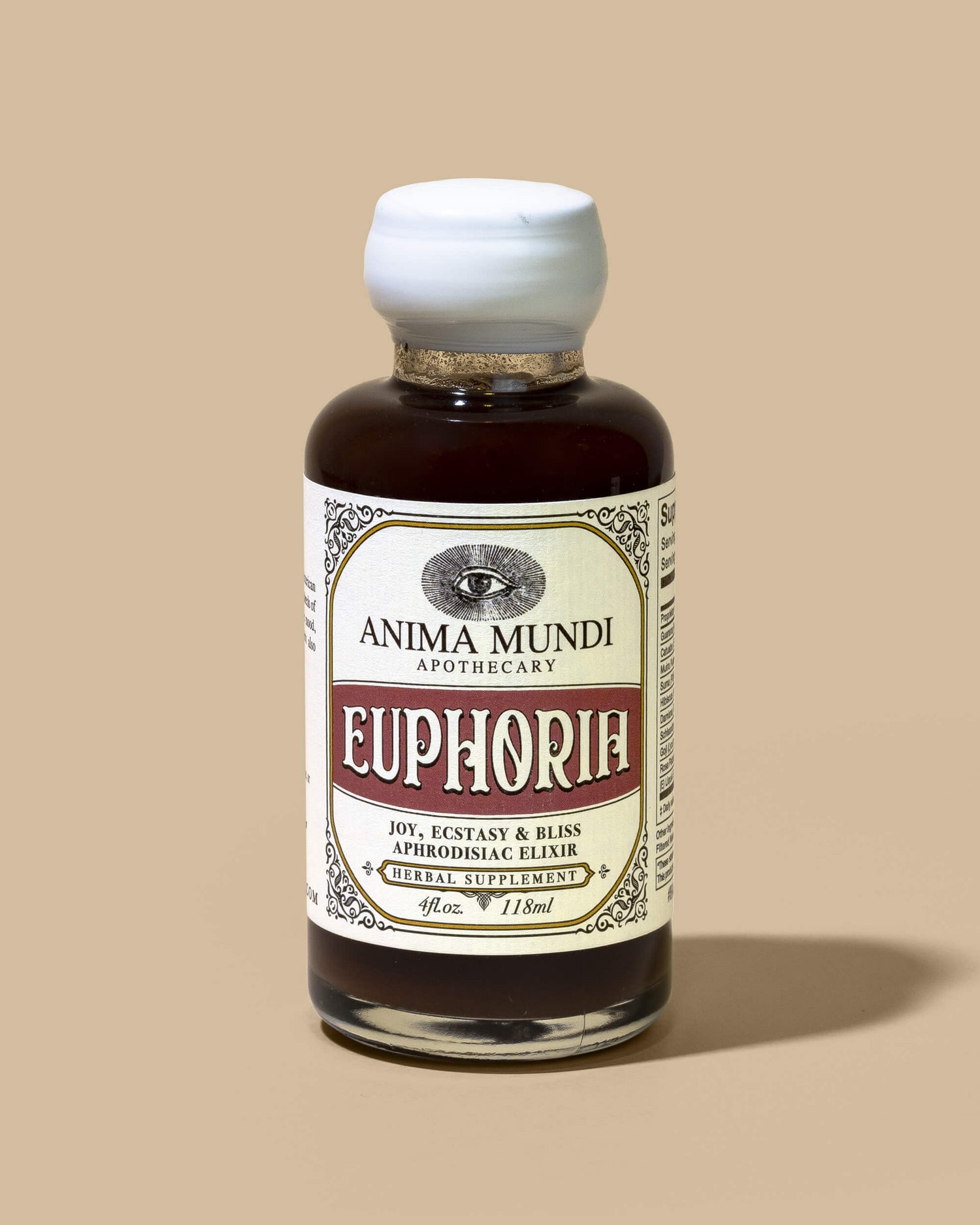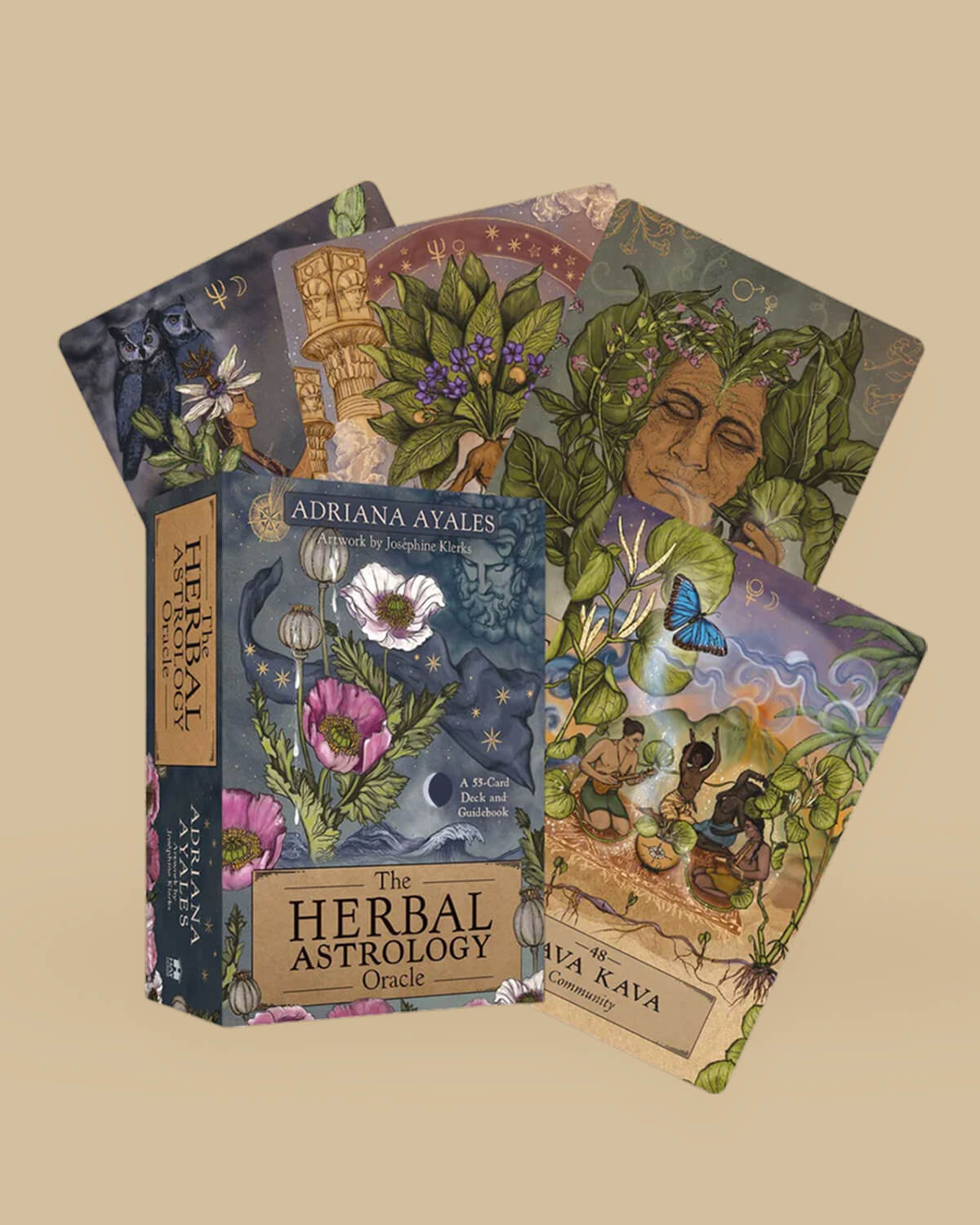ADAPTOGENS HAVE BECOME popular en masse because of their ability to help us ‘adapt’ to chronic stress, that is, to help us chill the F out. But what do we use to rehab a nervous system worn down by the ongoing global and personal stressors?
Stress in the 21st century is no joke. As human residents of this beautiful planet, most of us are being bombarded with a wide array of toxicity from all directions. Many of us often forget that stress doesn’t just come from a busy life or emotional overwhelm, stress can come equally as strong from biological inheritance, environmental toxicity, agricultural chemicals, exposure to heavy metals, electro-smog and viruses. It is no wonder that physicians state that 90% of all office visits are for stress-related conditions and/or complaints. These factors directly affect our entire body and mind, impacting the nervous system and stress-coping organs within our endocrine system, such as the hypothalamus (H), pituitary (P) adrenal glands (A), including our limbic brain, and more.
. . .
Nervines 101
to Relieve Stress + Anxiety
. . .
You might have heard about adaptogens by now, as they are highly renowed to combat the damaging effects of chronic stress. But have you befriended nervines yet? Nervines are a class of herbs that can instantly restore the nervous system — meaning they can chill you out. There are different kinds of nervines: Those that are deeply nourishing and round out the edges like fresh milky oat and chamomile, or stronger relaxants like valerian, kava kava and hops. Those that can help beat depressive energy, confusion and anxiety are albizzia and lemon balm. Or one of my personal favorites that I often use for those seeking to stop use of chemical sedatives is a hyponotic sedative from the Amazon called mulungu (used in South America instead of valium). Calming adaptogenic herbs are perfect complementary herbs to nervines — together they tackle the damaging effects from stress while providing an instant chill pill (herbs like ashwagandha, reishi and tulsi).
With nervines you might feel the effect instantly. They are used to help relieve a wide array of symptoms that directly affect the nervous system (muscle tension, insomnia, anxiety, depression, circular thoughts, worry, pain, etc.). Here are a few of my all-time favorites that I use weekly:
. . . .
‘NERVINE STIMULANTS’
. . . .
These herbs directly stimulate the nervous system, which can help the body cope with stress and also support healthy stamina. Many of these herbs also contain stimulant alkaloids, a class of naturally occurring organic compounds, including trace amounts of caffeine. Classic nervine stimulants that you might have heard of are: Ginseng, Rhodiola, Cordyceps, Suma aka Brazilian Ginseng, and Schisandra, which are all optimal herbs for supporting healthy stamina and helping you maintain energy levels without the need to reach for a strong cup of coffee.
SHISANDRA is sometimes referred to as Chinese Magnolia Vine or Five Flavored Fruit. Shisandra has five distinct flavors found in the berry correspond to the five seasonal phases and five major organs. It is considered an all encompassing harmonizing tonic in Chinese Medicine because of its ability to bring homeostasis to the body, and mind, while being energetic and mildly stimulating.
BLUE LOTUS has a ‘bi-polarizing’ action due to its alkaloidal nature, which means it can be uplifting with slight stimulating properties, while also being deeply relaxing. Adaptogen tend to have this bi-polarizing action, which will be expressed based on the persons constitution. Blue lotus has been used for thousands of years, with extensive history particularly by Mayan and ancient Egyptians, it was used as a relaxant, mood booster, and to ease pain.
‘NERVINE RELAXANTS’
As their name suggests, these herbs help to produce a relaxing effect on the body. They also help to calm an excited nervous system so they are a great choice if you experience occasional anxiousness or nervousness. Taken toward the end of the day, Nervine Relaxants help to support a smooth transition to bedtime and prepare the body for deep sleep. Many of these herbs are even used for their pain relieving qualities, in particular Mulungu, and Passionflower and Skullcap.
KAVA KAVA | can be found growing amongst many tropical islands, like Fiji, Samoa, Tahiti, Tonga, and Hawaii. Kava is classified as a hypnotic sedative, as it can certainly be deeply relaxing, with mild pain relieving qualities. Although there are studies that say it large doses can cause liver stagnation, be aware to consume in the proper way and not for extended periods of time to avoid unwanted side effects.
PASSIONFLOWER | This beautiful manala-like flower is a gentle anti-anxiety, anti-spasmodic , anti-inflammatory and mild sedative herb. It was traditionally used by Native Americans for pain relief, bruises and to ease muscle pain. One compound in particular has been studied within Passionflower (quercetin) for its exceptionally effective ability in ridding the body from damaging free radicals while inhibiting various enzymes that cause inflammation. This particular compound has also been found to relax the nervous system, helping to relieve nerve related pain.
MULUNGU | It’s not as common in the Western world, but it is certainly a beloved tree within South American indigenous medicine. Traditional folk have used Mulungu for hundreds of years for mental disorders (depression, anxiety, stress, panic, trauma, etc.), liver disorders, high blood pressure and heart palpitations. Scientific studies now demonstrate all of the indigenous uses were on point, demonstrating significant pain relieving, anti-spasmodic, anti-convulsive, neuro-protective and anti-inflammatory actions.
Our Dolores pain management tonic, contains mulungu and other pain relieving herbs like wildcrafted Pedicularis, Blue Lotus and more. We now also offer Red Kali Kratom, a limited edition from friends organic farm old growth farm in Indonesia.
INDIAN WARRIOR | I hesitate to talk about this plant too much because it is not excessively common, sometimes threatened, and I would never want it over harvested. If you find it in the wild, please be sure to ethically harvest it, and always leave 50% behind, at least. There are many varieties of Pedicularis in the North West alone and many of the species have a antispasmodic and analgesic effect that is especially useful for skeletal muscle tension and pain. This one in particular is Pedicularis densiflora, and it is well known pain relieving qualities in small doses, and at higher doses it can induce greater relaxation, sedation.
ALBIZZIA | Known as the tree of happiness, both the bark and the flowers have been traditionally used for hundreds of years as a calming sedative. In Traditional Chinese Medicine it is used to anchor the spirit for those who struggle with worry, anxiety, confusion and depression. The flowers have been used as a treatment for insomnia, amnesia and melancholy. Albizzia is thought to enhance all aspects of neurotransmitter secretion and regulation, making making it a terrific anti-depressant and anti-anxiety herb with no known side effects.
SKULLCAP | An excellent anti-spasmodic, relief for muscle tension, anti-inflammatory, and used to stimulate blood flow, assist with chronic headaches and for relaxation. Skullcap has been used to treat hysteria, insomnia, anxiety and epilepsy. It is used in European eclectic medicine, Chinese-Daoist Medicine, and by Native Americans to soothe the nerves and help from body pain recovery.
ASHWAGANDHA | A well known Ayurvedic ally with a broad spectrum of healing benefits. It also has a bi-polarizing effect like those mentioned above, as it can greatly relax, while energizing others. Ashwagandha is well known for its ability to diminish fatigue, curb anxiousness, known to promote mental clarity, help with depressive moods, and greatly improve sleep quality.
MILKY OAT | It is not necessarily noticeably relaxing to the physical body, but it’s an incredible superfood for the nervous system. For one week out of the common oats growing cycle, the immature oat seed is filled with a white “milk.” It is harvested quickly and made into a fresh tincture, becoming an excellent trophorestorative — a deeply nourishing food that brings about deep restoration. Milky oat remedies has been crafted for over 150 years by eclectic physicians as an excellent tonic remedy that calms shattered nerves, relieves emotional instability, reducing the symptoms of drug withdrawal, helping restore peace and tranquility to over-stressed and chronically upset people.
LEMON BALM | A delightful tea with an exquisite smell. This herb is an excellent nervine known to uplift depressive moods. An easy and gentle plant to grow in the garden, is an excellent companion to more potent hypnotics. And! Lemon balm is even known to be an immune protector, like many of the adaptogens listed here.
OTHER GREAT RELAXANTS that you probably have in your kitchen cupboard are: chamomile, rose, lavender, mint, tulsi, and more!
In case you missed it, our 'communi-tea' Stress Relief tea is out. It is our pay it forward tea to assist during these particularly intensive times. We have donated over 500 tea's so far to causes in support of black lives. Read more here.

















